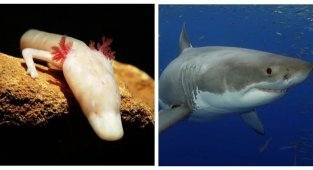6 animals that will survive any apocalypse and nuclear war (7 photos)
If the End of the World comes on Earth, and the familiar world gives way to apocalyptic landscapes, these creatures will continue to live as if nothing had happened. From the depths of the world's oceans and the cold heights of the Siberian peaks, they are watching us and waiting in the wings to conquer the planet. 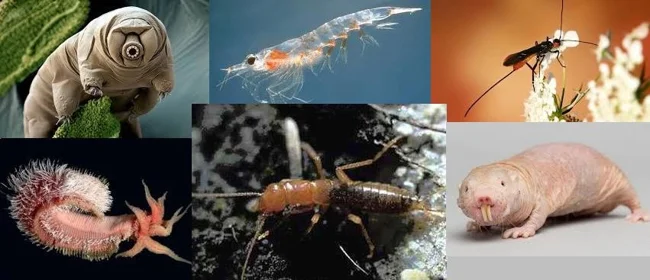
Tardigrade 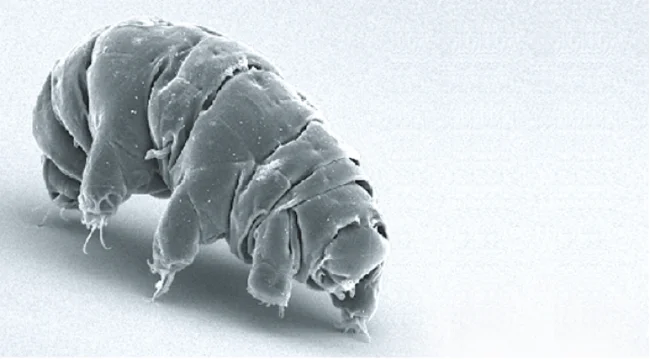
This microscopic animal, reaching one and a half millimeters in length, is found in forests, steppes, seas and rivers in all regions of the planet. Despite its small size, the creature has digestive, excretory, nervous and reproductive systems, which allows it to be called a full-fledged animal.
The tardigrade feeds on algae fluids, moss, nematodes and rotifers, in turn being a prey item for ticks and springtails. The arthropod lays up to 30 eggs at a time and, in an active state, can live up to 2 years.
The tardigrade shows miracles of survival in a state of suspended animation. Under unfavorable living conditions, the creature retracts its limbs and falls asleep. In this position, the arthropod can withstand 30 years of exposure to frost at -20ºC, is resistant to boiling for an hour, and “swallows” radiation of 570,000 rem and pressure of up to 6000 atmospheres.
For the sake of the experiment, a colony of tardigrades was sent into outer space. After 10 days, 12% of the animals survived and were able to recover and continue reproducing.
Antarctic krill 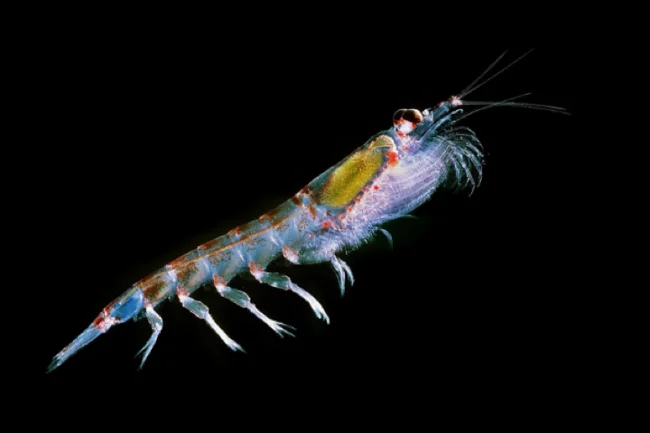
A crustacean that feeds on whales, pinnipeds, birds and many fish. It will also survive global cooling, for example, in conditions of a long nuclear winter.
The thing is that krill leads an under-ice life. The main food of the animal is phytoplankton. However, the creature is capable of cannibalism, perfectly replacing the lack of prey with eggs, larvae and small individuals of its species.
At the same time, krill is recognized as the most numerous living species on the planet, whose total biomass is estimated from 125 to 750 million tons. Animals will survive the apocalypse by feeding on each other until better times come.
Pompeii worm 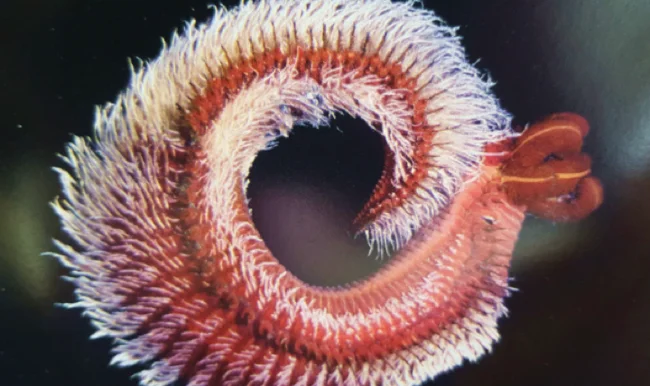
An animal that the apocalypse will not notice at all. This is because it is located in the far corners of the sea depths, and even near geothermal sources.
More extreme conditions are difficult to imagine. The worm lives at pressures of up to 600 atmospheres and at a water temperature of +60 °C. However, it is impossible to test its survivability in laboratory conditions. The animal quickly dies when moving to the surface.
Grilloblattids 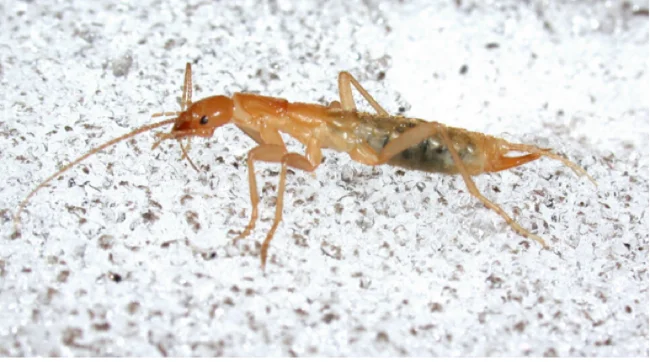
A wingless insect from the exotic order of cockroaches. Their advantage is frost resistance, since they are common in the northern hemisphere of the planet.
For several hundred million years, having survived all global catastrophes and climate change, grilloblattids have been hiding near glaciers in the mountains and caves. Miraculously, they manage to find food - carrion and vegetation, and withstand the winter cold.
Fundulus fish 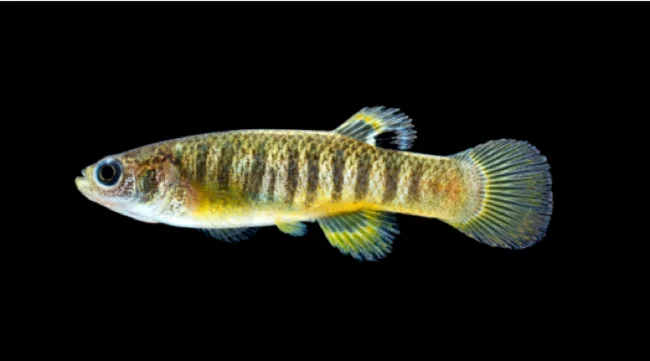
The secret to the success of this small fish lies in its ability to change salty and fresh habitats without harm to health, ignore chemical pollution of water and withstand temperature fluctuations from 6 to 35 °C.
Thanks to its endurance, the fundulus became one of the first fish to go into space. As it turned out, the creature’s body was able to adapt to space conditions, of course, without leaving the aquarium.
Naked mole rat 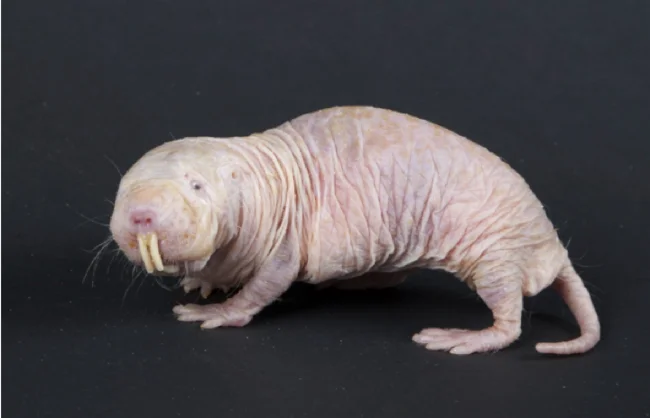
An inhabitant of underground spaces is not sensitive to pain from thermal and chemical burns. This is a cold-blooded, carbon dioxide-resistant, cancer-free superbeing.
It is worth noting that the naked mole rat is a mammal, and therefore is the most complex organism of the entire collection. The life of a rodent is characterized by a high degree of social organization and lasts up to 30 years - almost an eternity for such a small animal, many times larger than its related species.
The advantages of the mole rat also include a slow metabolism, the habit of storing food, and mutual assistance between individuals of the same species. Rodents live in colonies of up to 300 representatives. True, the creatures feed on plant rhizomes, and therefore, if absolutely all plant life dies, they will not live long.
